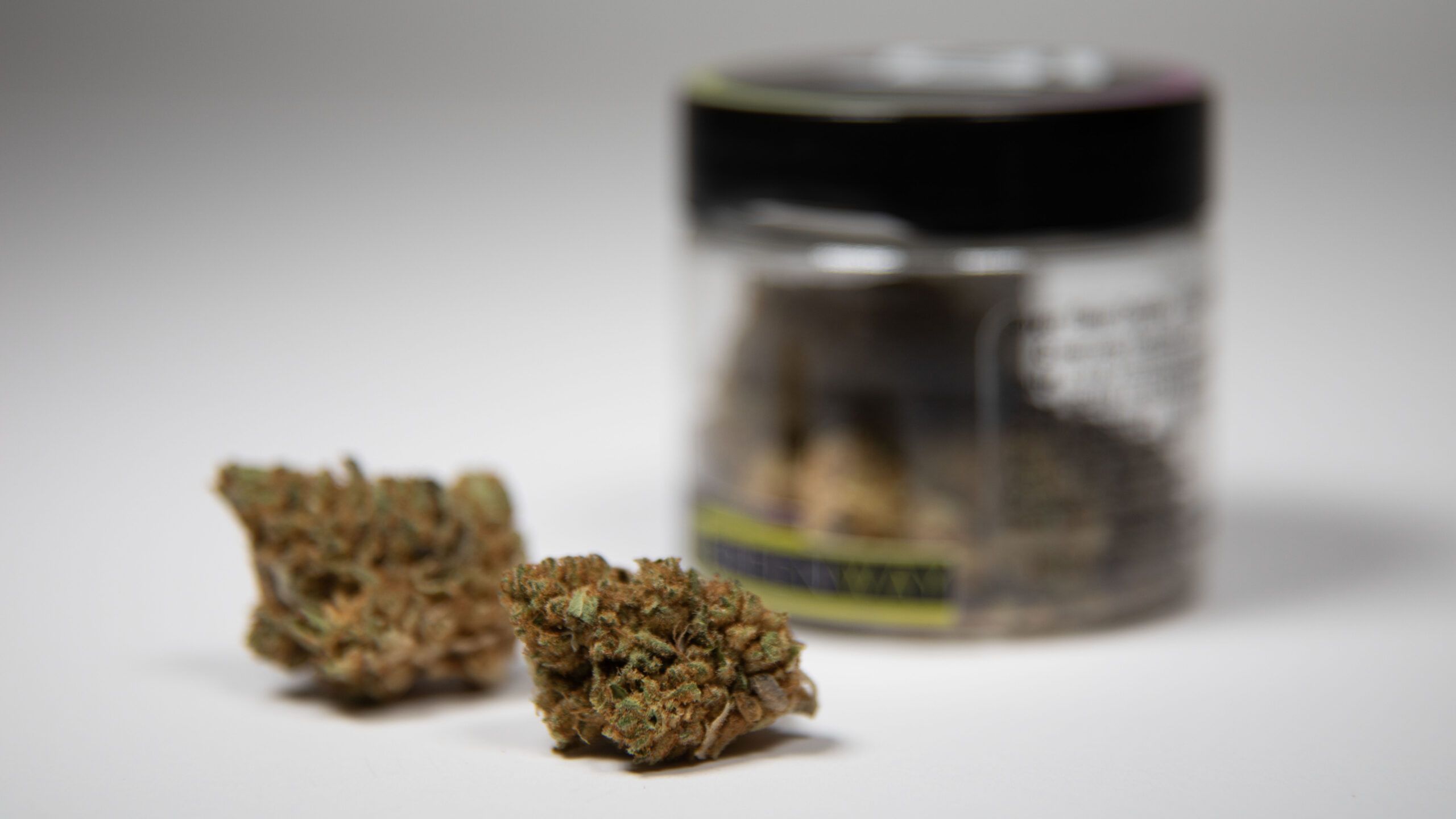Cannabis has made significant strides in both medicinal and recreational spaces, with each strain offering unique effects and benefits. The two main types of cannabis strains—Indica and Sativa—are each known for their distinct effects on the body and mind. THC, or tetrahydrocannabinol, is the primary psychoactive compound in cannabis, responsible for its “high.” Additionally, cannabis contains compounds called terpenes, which contribute to its therapeutic properties and influence the effects of each strain.
Indica vs. Sativa: The Basics
Indica Strains
Indica strains are known for their calming, body-relaxing effects. They are generally high in THC and work well for evening or nighttime use. Due to their sedative qualities, Indicas are often recommended for those dealing with conditions like insomnia, chronic pain, and muscle tension.
Common Indica strains include:
- Granddaddy Purple
- Northern Lights
- Bubba Kush
Sativa Strains
Sativa strains tend to produce a more cerebral, uplifting effect and are often high in THC. Sativas are popular for daytime use as they promote creativity, focus, and a sense of euphoria. They are commonly recommended for individuals experiencing depression, fatigue, and mood-related disorders.
Popular Sativa strains include:
- Sour Diesel
- Jack Herer
- Green Crack
THC Levels and Their Effects
THC levels in cannabis can vary significantly depending on the strain and cultivation techniques. Low-THC strains (typically below 10%) may provide mild effects, while high-THC strains (15–30%) deliver a more intense experience. High THC levels can enhance mood, relieve pain, and improve sleep, but may also increase anxiety and paranoia in some users.
Finding the Right THC Level
For new cannabis users or those sensitive to THC, starting with a strain that has a lower THC content is generally recommended. Medical patients, however, may benefit from strains with higher THC levels, especially when treating severe pain, nausea from chemotherapy, or other serious conditions.
The Role of Terpenes in Cannabis
Terpenes are natural compounds found in cannabis that give it its aroma and flavor. More importantly, terpenes can also affect the therapeutic benefits of each strain. Terpenes work in tandem with cannabinoids like THC and CBD in what is known as the “entourage effect,” enhancing the strain’s overall impact on the body.
Common Terpenes and Their Effects
- Myrcene
- Found in: Mango, hops, thyme
- Effects: Relaxing, sedative
- Benefits: Reduces pain and inflammation; aids with insomnia and muscle tension
- Limonene
- Found in: Citrus fruits
- Effects: Uplifting, mood-enhancing
- Benefits: Reduces stress and anxiety; may have anti-depressive qualities
- Pinene
- Found in: Pine needles, rosemary, basil
- Effects: Alertness, mental clarity
- Benefits: Helps with asthma; has anti-inflammatory and neuroprotective properties
- Linalool
- Found in: Lavender, mint
- Effects: Calming, anxiety-relieving
- Benefits: Reduces stress, anxiety, and depression; may help with sleep disorders
- Caryophyllene
- Found in: Black pepper, cloves, cinnamon
- Effects: Anti-inflammatory, pain-relieving
- Benefits: May help with arthritis and neuropathic pain; acts as a natural anti-inflammatory
Choosing the Right Strain for Specific Ailments
Combining the right THC level and terpene profile can maximize the therapeutic effects of cannabis for various conditions:
- Anxiety and Stress: Sativa strains with moderate THC and high levels of limonene or linalool can help reduce stress and enhance mood without overwhelming the user.
- Pain Relief: High-THC Indica strains with myrcene or caryophyllene are ideal for managing chronic pain and inflammation.
- Focus and Creativity: Sativas with high pinene content can help improve mental clarity and focus, making them ideal for those who need a boost in concentration.
Final Thoughts
Understanding the interplay between cannabis strains, THC levels, and terpenes is key to achieving the desired effects. Each strain provides unique benefits, and by exploring the right combination of these elements, users can tailor their experience to their specific needs. Whether for medicinal or recreational purposes, cannabis offers a diverse range of options that can be personalized for optimal relief and enjoyment.
“`


